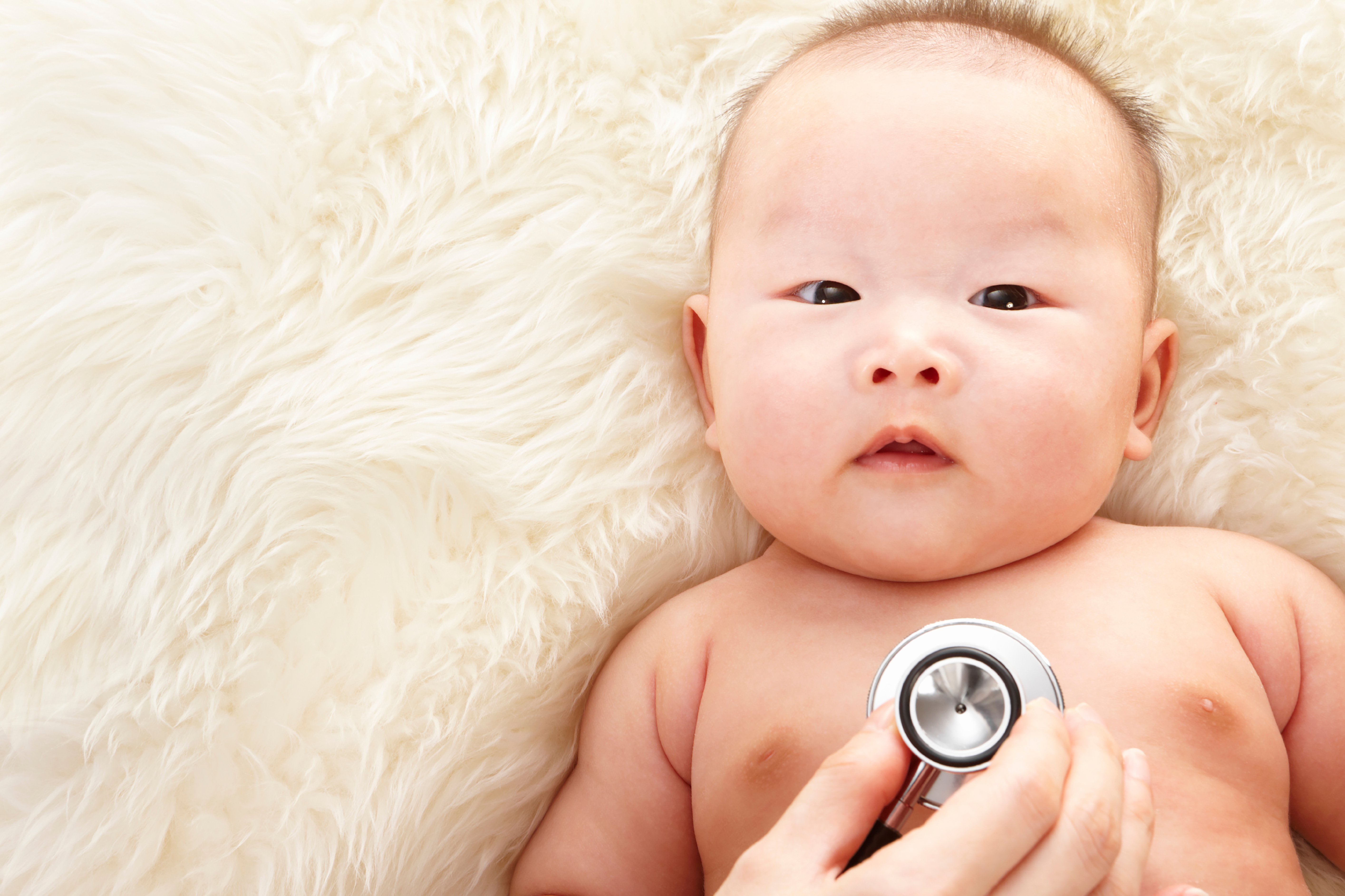Atypical genitalia can have a number of different causes. In many cases, healthcare providers don’t know the cause. It seems to occur by chance.
Children who are born with atypical genitalia may fall into one of these groups.
True hermaphroditism
These children have:
- Tissue that is related to both the ovaries and the testes
- Internal sex organs for both genders
- External genitalia that are partly ambiguous
- Chromosomes that are either normal female or male, or a mixture (mosaic)
Gonadal dysgenesis
These children have:
- An undeveloped sex organ
- Internal sex organs that are often female
- External genitals that may vary between normal female and normal male. Most are female.
- Chromosomes that are normal, have only an X chromosome, or are a mixture (mosaic)
Pure gonadal dysgenesis
This affects girls. Those with this condition have male chromosomes, underdeveloped sex organs, internal female reproductive organs, and female external genitalia.
Pseudohermaphroditism in males
Children with this condition have questionable external genitalia. But they have only one gender's internal sex organs. Male pseudohermaphrodite means the child has male internal sex organs. Female pseudohermaphrodite means the child has female internal sex organs.
The two primary causes of male pseudohermaphroditism are androgen insensitivity syndrome and 5-alpha reductase deficiency.
Androgen insensitivity syndrome
These children have:
- Normal male chromosomes
- Normal female external genitalia
This is called androgen insensitivity syndrome because male babies don’t respond to testosterone (androgens). This syndrome is inherited. It's caused by a problem with a gene on the X chromosome. This problem is called X-linked recessive. Mothers who carry the gene have a 1 in 2 chance of having a son with the syndrome. Daughters of mothers who carry the gene have a 1 in 2 chance of being carriers of the gene.
5-alpha-reductase deficiency
Children with this condition have:
- Normal male chromosomes
- Genitals that are ambiguous
Children with this condition lack an enzyme (5-alpha reductase). This enzyme is needed to help the male sex organs complete their development. This condition is inherited. It's caused by an autosomal recessive gene. Autosomal recessive means that each parent carries one copy of the gene and transmits the gene at the same time to the child. Carrier parents have a 1 in 4 chance of having a child with this condition with each pregnancy. It affects only male babies.
Pseudohermaphroditism in females
Female pseudohermaphroditism has a number of causes.
Congenital adrenal hyperplasia (CAH)
Girl babies with this condition have male sex organs. The condition is caused by a lack of a certain enzyme in the adrenal gland. It's the most common cause of atypical genitalia in newborns.
The condition is inherited and passed on by an autosomal recessive gene. Autosomal recessive means that each parent carries one copy of the gene and passes on the gene to the child. Carrier parents have a 1 in 4 chance of having a child with this condition with each pregnancy. Girl babies with the condition have atypical genitalia. Boy babies don't.
In some cases, the mother of a child with this condition can be given medicines during pregnancy to reduce the effects of the enzyme deficiency if the baby is female.
Another type of CAH is called salt-losing. This is very serious and often fatal. It causes an electrolyte collapse in the newborn. Treatment is available if diagnosed early. Boys and girls are equally affected.
Other, rarer enzyme problems can also cause CAH in either boy babies or girl babies.
Overproduction of male hormones before birth
This condition is often caused by a problem with the adrenal glands. High levels of male hormones may also enter the placenta via the mother. This could be when the mother is given progesterone to prevent a miscarriage. Or if she has a hormone-producing tumor.











